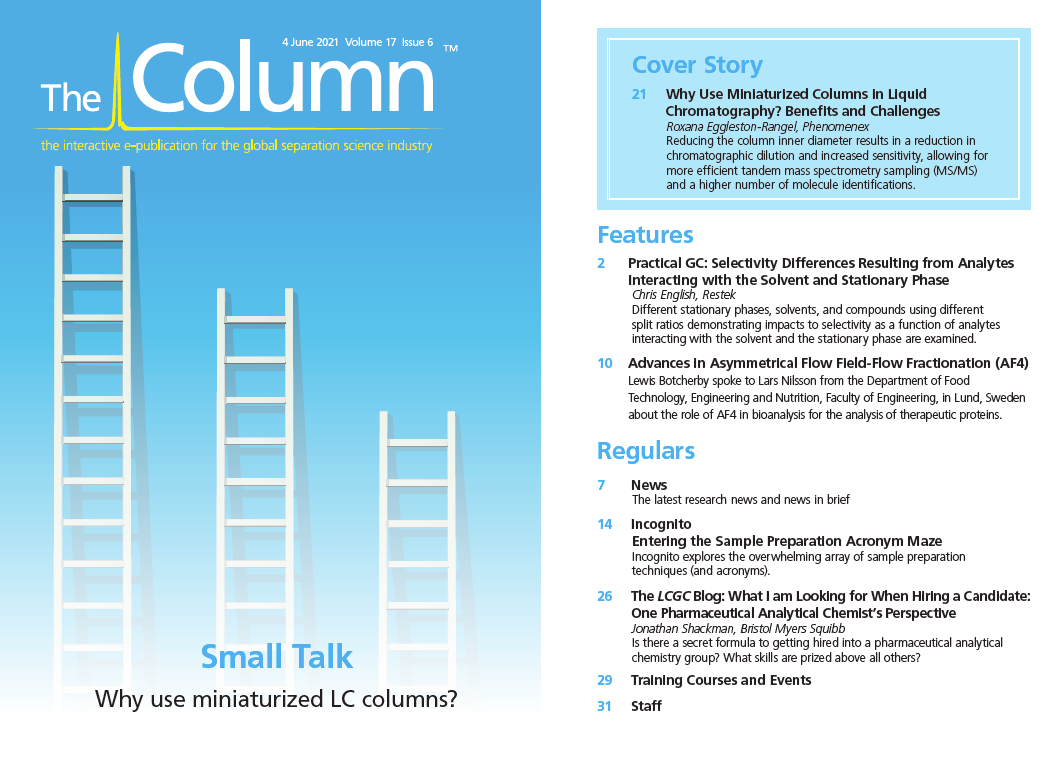COVID-19 Metabolomic and Proteomic Analysis
Researchers have carried out a critical analysis of high-throughput proteomic and metabolomic studies on the pathobiology of SARS-CoV-2.
Researchers have carried out a critical analysis of high-throughput proteomic and metabolomic studies on the pathobiology of SARS-CoV-2 in humans and performed a meta-analysis of significantly altered biomolecular profiles in COVID-19 patients (1).
In any human infection the efficiency of the host’s immune system and the pathogen’s infectivity contribute equally to the effectiveness of the infection. Understanding the host immune response, viral mode of transmission, and the alterations that occur to specific biological pathways can provide valuable insights into the pathobiology of the virus and, ultimately, lead to improved survival outcomes for those affected.
The COVID-19 pandemic has led to urgent and intensive investigations into the responsible SARS-CoV-2 virus; however, the diversity of alterations to pathophysiological pathways, the diverse conditions, and the degrees of severity seen between patients as well as the diverse outcomes have contributed to uncertainty, with numerous multiomic investigations completed and ongoing attempts to unravel the intricacies of the virus. Researchers collated the results of these studies so far and analyzed them critically to bring about a greater understanding of the disease.
One of the key findings when interactomic results were analyzed was the range of cellular housekeeping functions, such as nucleic acid metabolism or protein trafficking, affected by COVID-19. The array of changes the virus was capable of inflicting in the most severe infections goes some way to explaining its possible fatal outcome.
Several studies on the varying grades of severity of COVID-19 found that the disease’s progression was mediated by commonly dysregulated pathways of the innate immune response. Furthermore, most COVID-19 patients exhibit up-regulation of the inflammation axis, with a strong antiviral interferon response causing the fever found in COVID-19 patients. The chain reaction caused by this ultimately leads to the well‑documented lung damage found in cases of severe COVID-19 infection, which ultimately exacerbates the symptoms of COVID-19.
Similarly, as a result of the excessive inflammation in the lungs, the blood coagulation pathway is disturbed. The consequences of which may be the exposure of the liver to pro-inflammatory molecules. Researchers noted that the Shu et al. recommendation of targeting these molecules could be a therapeutic option to manage COVID-19-related complications.
Proteomic analyses concluded that the most damage during severe COVID-19 infections was brought about through hyperinflammatory milieu coupled with tissue hypoxia that develops into acute respiratory distress syndrome (ARDS).
Results from the meta-analysis of significantly altered biomolecule profiles in COVID-19 patients revealed alterations in the immune response, fatty acid, and amino acid metabolism, as well as other pathways. These in turn manifest in symptoms such as hyperglycaemia and hypoxic sequelae.
Reference
- S. Srivastava et al., J. Proteome Res. 20, 1107−1132 (2021).

Regulatory Deadlines and Supply Chain Challenges Take Center Stage in Nitrosamine Discussion
April 10th 2025During an LCGC International peer exchange, Aloka Srinivasan, Mayank Bhanti, and Amber Burch discussed the regulatory deadlines and supply chain challenges that come with nitrosamine analysis.











